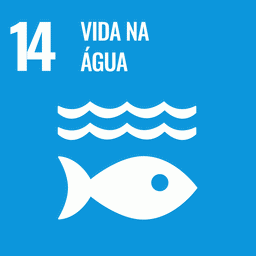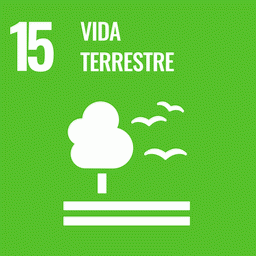Agricultural impacts on aquatic ecosystems are well studied; however, most research has focused on temperate regions, whereas the forefront of agricultural expansion is currently in the tropics. At the vanguard of this growth is the boundary between the Amazon and Cerrado biomes in Brazil, driven primarily by expansion of soybean and corn croplands. Here we examine the impacts of cropland expansion on receiving lowland Amazon Basin headwater streams in terms of dissolved organic carbon (DOC) concentration and dissolved organic matter (DOM) composition via ultrahigh-resolution mass spectrometry. Streams draining croplands had lower DOC concentrations and DOM molecular signatures enriched in N- and S-containing formula in comparison to forested streams. Cropland streams were also enriched in aliphatic, peptide-like, and highly unsaturated and phenolic (low O/C) compound categories in comparison to forest streams (enriched in polyphenolics, condensed aromatics, and highly unsaturated and phenolic [high O/C] compound categories) indicative of the shifting of sources from organic-rich surface soils and litter layers to autochthonous and more microbial biomass.
Distinct molecular assemblages were strongly correlated with cropland and forest catchments, highlighting headwater streams as sentinels for detecting change. On investigation of unique molecular formulae present in only cropland sites, four cropland markers provided the ability to track agricultural impacts in the region. Overall, these patterns indicate reduced organic matter inputs in croplands and greater microbial degradation at these sites leading to declining DOC concentrations, and DOM of more microbial character in receiving streams that is more biolabile, with clear ramifications for downstream ecology and biogeochemical cycles.

